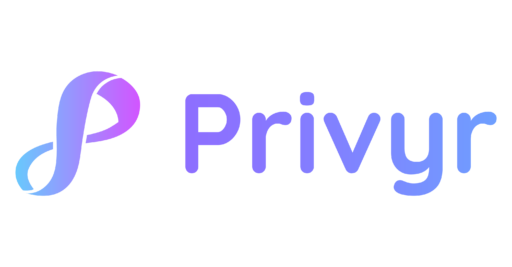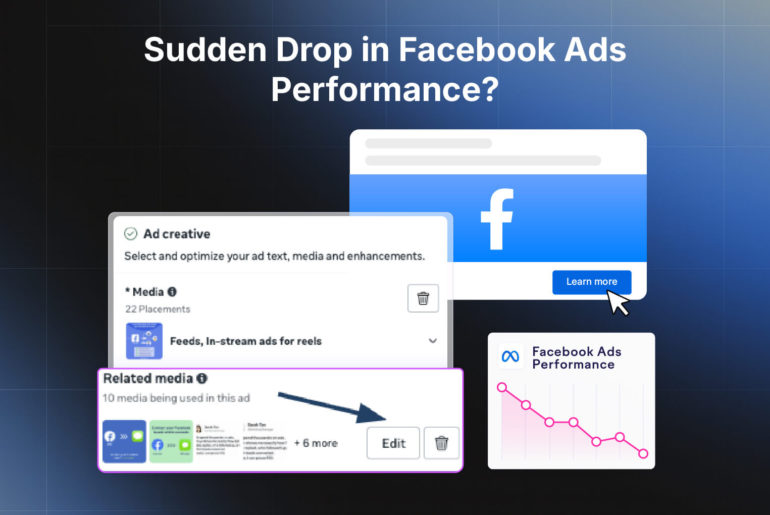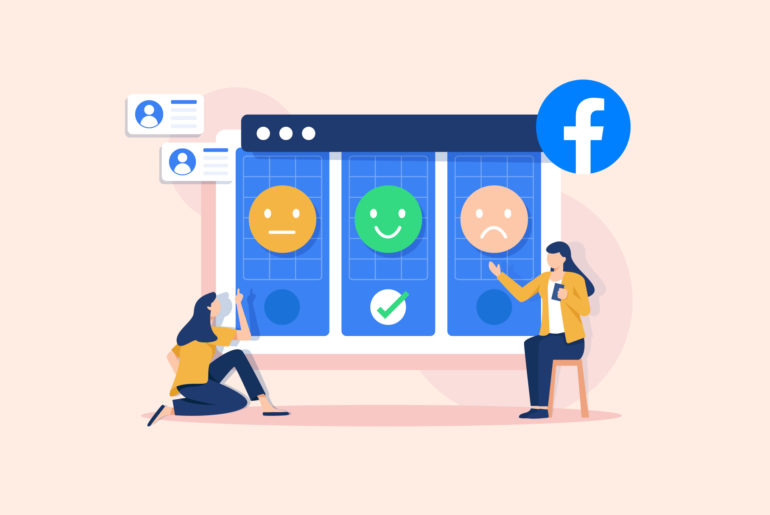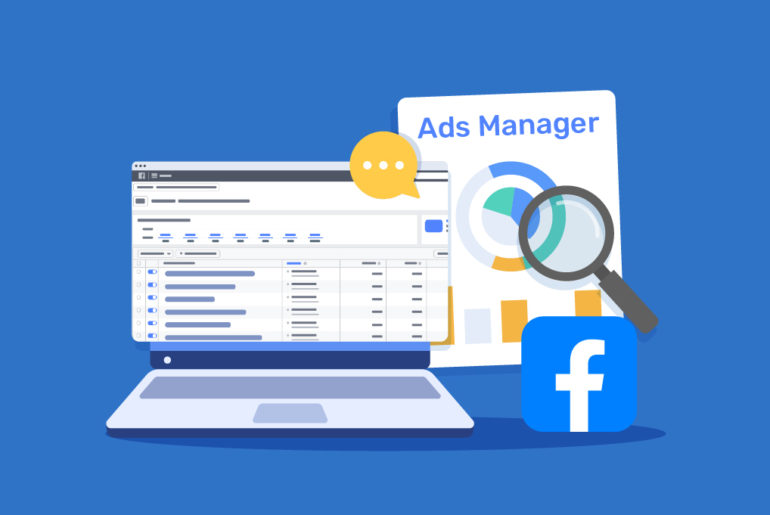So you’ve decided to run Facebook Lead Ads for your business. Great choice! Facebook is an excellent platform to generate leads if you know how to make the most out of the tools and features it provides.
However, as a newbie, you’re probably worried about launching your first campaign smoothly.
Well, even as a beginner, creating and publishing Facebook Lead Ads could be much more straightforward than you might think. You can easily run a successful lead ad campaign on Facebook without highly advanced knowledge of the platform. All you need to know are the basics of the platform and advertising principles.
In this article, we’ll guide you through the step-by-step process of launching Facebook Lead Ads. We’ll also explain the best practices for each step. Let’s begin with the key things you need to run ads on Facebook.
What do you need to get started with Facebook Lead Ads?
The most basic thing you need to run an ad on Facebook is a Business Page. You probably already have your Facebook Business Page. In case you don’t, it’s pretty easy to create one. Here’s how to do it:
- Login to your profile and go to the Pages section.
- Click on “Create Page“. You’ll be prompted to provide information about your business.
- Fill out all the fields accurately with the relevant information and add relevant images.
- Finish creating your page by clicking the Create Page button.
It’s as simple as that! Remember, your Business Page is not just for running ads. It serves as an important online presence for your business, helping you run many promotional activities, such as building your audience base, sharing company updates, etc.
Another important thing you need to run Facebook Lead Ads is a privacy policy URL. A privacy policy is a legal document that explains to your users how you collect and use their personal data. It also serves to ensure your customers that their data won’t be misused.
Providing your privacy policy URL in the ad setup form is mandatory to run Facebook Lead Ads or any other type of ads online. If you already have it with you, great! If you don’t have it in place, don’t worry! You can easily create your own customised privacy policy and its URL within seconds.
The easiest way to create a privacy policy is by using a free privacy policy generator tool. All you need to do is visit the tool’s page and enter a few details of your business, including the name and email address. And boom! Your privacy policy will be ready with a fully hosted URL within seconds.
Here’s an article for you if you want to know more about privacy policies and how to create one.
How to create your very first Facebook Lead Ad
Now that you have everything you need in place, it’s time to create your first Facebook Lead Ad. The setup may feel intimidating in the beginning, but don’t worry! It’s simpler than you think. Here’s a step-by-step guide to creating and publishing your Facebook Lead Ad.
Step 1. Go to Ads Manager, start a new ad, and choose ‘Lead generation‘ as your objective
Ads Manager is where you create and publish your ads. You can explore the tool before using it to have an idea about how it works and how you can use the tools.
Step 2. Name Your Campaign
The next step is to name your campaign. You can simply fill out the campaign name field with a relevant name. This will be seen by you only, and not by your target audiences.
Some businesses and marketers name a campaign just to identify it, nothing else! But think again! A well-structured, descriptive campaign name makes it easier to locate, manage, and understand its performance in the future. Therefore, allocate some extra time to give your campaign a unique and relevant name.
For the best results:
- Create a consistent naming convention that includes information like the date, target audience, and key campaign details.
- It’s always best to keep it short yet descriptive.
Step 3. Select Your Audience, Placements, Budget, and Schedule
Now that you’ve named your campaign, it’s time to decide who to show your ad to. This is an important step because it determines what kind of audience you will be targeting and plays a vital role in generating quality leads on Facebook.
Choosing your audience is like pointing your compass in the right direction. You want to hit the right people with your marketing efforts, and for this, understanding your ideal customer base is key.
Before choosing your audience,
- Segment your audience according to their interests, demographic data, geographical location, etc., then tailor your campaign for each segment.
- Use Facebook’s detailed targeting feature to get even more specific with your audience selection.
- Select the option to use automatic placements, unless you have specific knowledge about where your ads perform best. When selected, Facebook’s algorithm will optimise the placement of your ad for you.
Next comes your budget and schedule. Remember, great marketing is about achieving maximum results with minimum investment.
To come up with a balanced budget:
- Try deciding on a budget based on your campaign goals and the estimated cost of reaching your target audience.
- Test smaller campaigns before investing in bigger advertisement activities.
While scheduling ads, make sure your ads will run when your audience is most active. You can analyse historical data to have an idea about these peak times or seasons.
Step 4. Upload Your Ad Creative
An ad creative is an ad design consisting of a graphic or a video along with a message and call to action. It’s the normally first element of your Lead Ad your target customers will come in touch with.
Ad creatives entice users to take action (or click on the ad) and take them to your Lead Form. Remember, Facebook users typically have a very short attention span, so your ad creative should be attention grabbing.
An ad creative includes a headline, call-to-action (CTA), and images or videos.
Here are some useful tips for creating high-performing ad creatives:
- Create a headline that’s catchy, engaging, and encapsulates the essence of your product or service’s top value.
- Write a clear and direct CTA that incites immediate action. CTAs, such as Download now, or Claim your spot now more likely entice users to click the ad than generic CTAs.
- Use high-quality visuals that not only resonate with your brand but also attract the audience.
- Test different creatives for the same ad to determine what works best.
Step 5. Build your lead form
After you’ve uploaded your ad creative, it’s time to create the next important step that the ad creative takes your users to: a lead form.
Your lead form is the ticket to the information you’re after: the contact information of potential customers. But remember, an overly complicated form can scare leads away!
Here are the best practices to creating an engaging lead form that users are more likely to fill out completely:
- Keep your form simple and only ask for necessary information (e.g. name, contact number).
- If you’re providing a lead magnet, clearly state the benefits they’ll gain by submitting their information (e.g., a free ebook on how to do something, discount, etc.).
- Don’t ask complicated questions as you can always follow up once a lead is captured.
- Try to avoid questions that require people to type. Instead focus on adding multiple choice and dropdown answers.
- Use Facebook’s autofill feature. You may make it optional for some answers as some information may be outdated.
- Add a thank you page after form submission to appreciate the effort taken by the lead.
Step 6. Provide Your Privacy Policy URL on the Lead Ad Setup Form and Accept Terms of Service
Privacy policy is required by law if your business is collecting personal information through online ads and other means. The same applies to Facebook Lead Ads. You can’t publish your ad on Facebook without providing a privacy policy URL. Yes, the URL!
You’ll be asked to provide your privacy policy URL after you build your lead form.
If you already have your privacy policy URL, simply copy and paste it into the lead ad setup form. Don’t worry if you don’t have one! You can create your own privacy policy within seconds even without a website.
Here’s everything you need to know about privacy policy and creating your own within seconds.
Best practices for creating privacy policy:
- Make sure your privacy policy is up to date and clearly explains how you plan to use the collected data.
- Provide a clear, easily accessible link to your privacy policy on the lead form.
- Use a free privacy policy generator tool to save time and effort.
After providing a privacy policy URL, ensure you fully understand and accept Facebook’s Lead Ads Terms of Service by checking the box.
Step 7: Publish
Now your Lead Ad is ready to publish. Make sure to double check everything and ensure the ad doesn’t have any errors, including typos, incorrect schedule and target group, etc.
Suggested Read: Facebook Lead Ads: How to Generate More Leads in 2023
Final words
We hope our article helped you create and publish your very first Lead Ad on Facebook. Keep in mind that understanding the process is straightforward, but following the best practices in each step is key to generating quality leads and ensuring good conversion.






